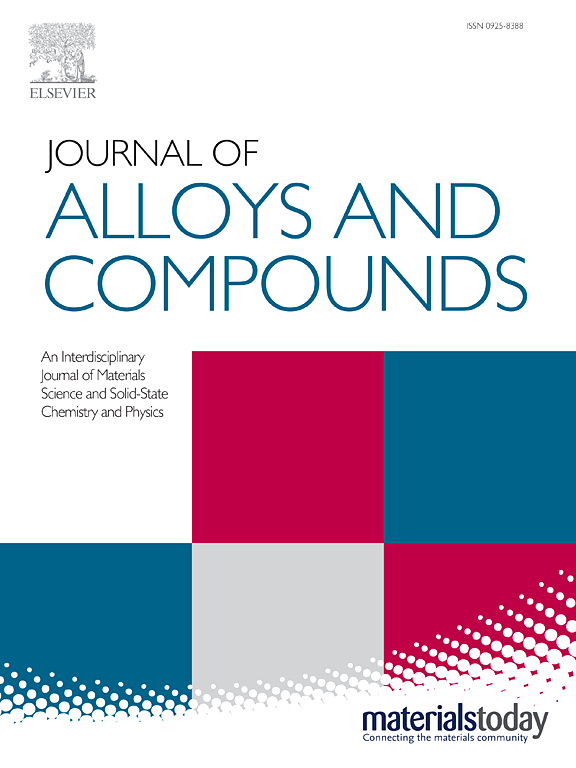Glucose-modulated defect-enriched Sv-SnS2 sensor for rapid detection of NH3 at room temperature
IF 5.8
2区 材料科学
Q2 CHEMISTRY, PHYSICAL
引用次数: 0
Abstract
NH3 has a profound influence on the environment and human health, so the development of NH3 sensors for rapid detection at room temperature is of great practical significance. In this paper, SnS2 nanoflower with different concentrations of S vacancies is prepared by a simple chemical reduction method, and its ability to detect NH3 at room temperature is enhanced by the modification of the electronic structure from defect. Among them, the 0.15-SnS2-Glucose (0.15-SG) sensor has a good selective response to NH3 and a fast response time of 13 s, specially possesses a response value of 79.1% to 50 ppm NH3 at room temperature. At the same time, the 0.15-SG sensor also has good long-term stability, excellent humidity resistance, and effectively detection of NH3 in complex atmospheres. In addition, the simulated breathing test shows that the 0.15-SG sensor has a 25.0% response to the exhaled gas of a simulated renal failure patient, which proves that the sensor has great potential for application in human health detection. The 0.15-SG sensor was verified by Elovich model to have greater activation energy and stronger ammonia adsorption capacity. Finally, this paper reveals its sensing mechanism in terms of defect engineering, electronic structure tuning, and specific surface area.求助全文
约1分钟内获得全文
求助全文
来源期刊

Journal of Alloys and Compounds
工程技术-材料科学:综合
CiteScore
11.10
自引率
14.50%
发文量
5146
审稿时长
67 days
期刊介绍:
The Journal of Alloys and Compounds is intended to serve as an international medium for the publication of work on solid materials comprising compounds as well as alloys. Its great strength lies in the diversity of discipline which it encompasses, drawing together results from materials science, solid-state chemistry and physics.
 求助内容:
求助内容: 应助结果提醒方式:
应助结果提醒方式:


